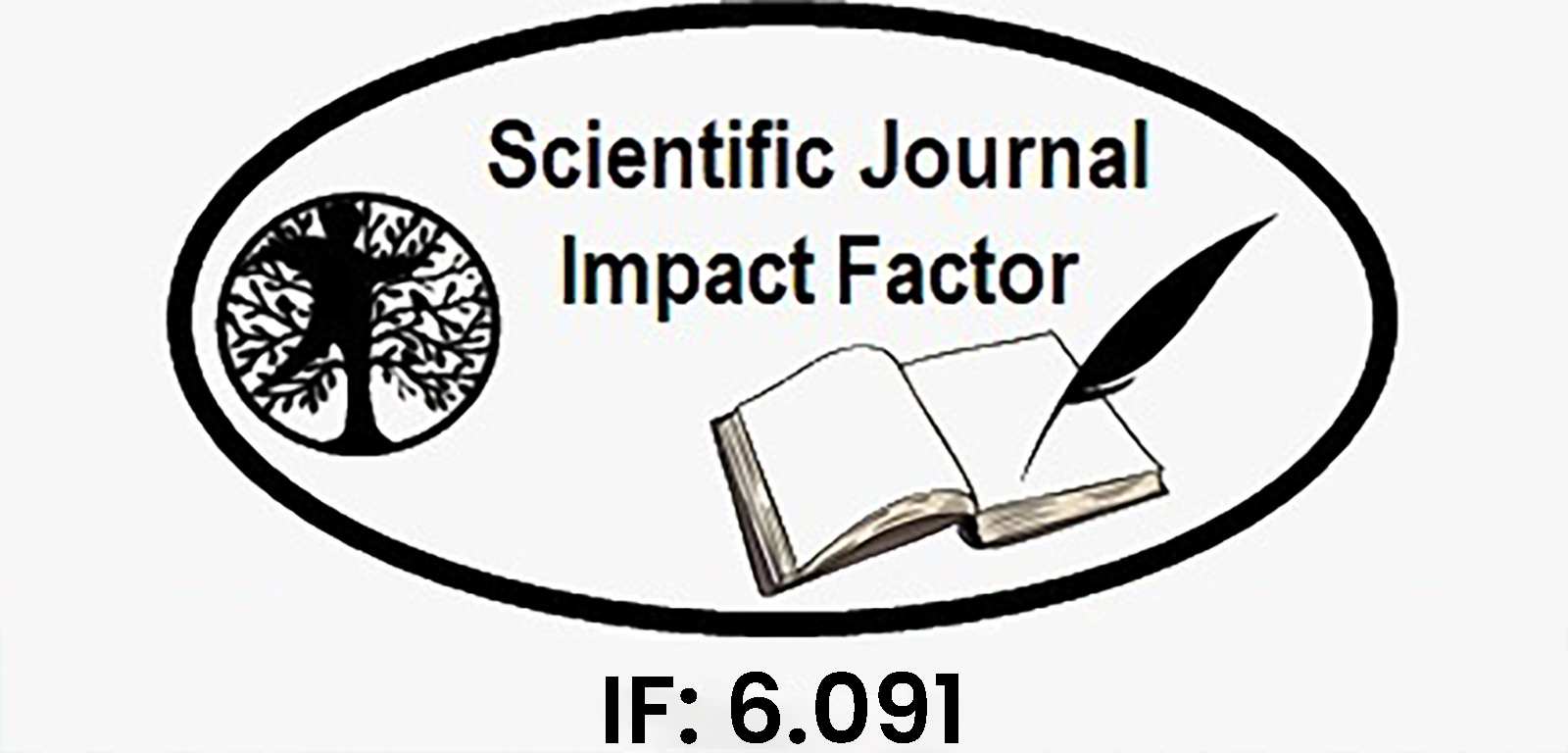Integrating IoT, Fog, and Cloud Computing for Real-Time ECG Monitoring and Scalable Healthcare Systems Using Machine Learning-Driven Signal Processing Techniques
Keywords:
Cloud computing, Fog computing, Internet of Things, Machine learning, Anomaly detection, Scalable healthcare systems, ECG monitoringAbstract
This study focuses on ECG monitoring and investigates how cloud computing, fog computing, and IoT can be used to create scalable and efficient healthcare solutions. Patients' ECG signals are continuously collected by IoT devices and analyzed locally at fog nodes, which ensures minimal latency and lessens the strain on the cloud. By processing data near the source, fog computing allows for quicker reaction times and instantaneous analysis and decision-making. Cloud computing enhances fog by offering large-scale storage, processing capacity, and robust machine learning models for analyzing huge datasets—all of which are essential for long-term storage and precise forecasting. ECG signals are used to identify abnormal heart conditions like arrhythmias or ischemia using machine learning-driven approaches like feature extraction and anomaly identification. This improves the precision of diagnosis and makes prompt actions possible. When compared to conventional systems, the system's 94% accuracy in real-time ECG analysis greatly increases anomaly detection rates and scalability. In addition to improving the system's scalability and efficiency, the combination of cloud, fog, and IoT also makes it possible for the system to manage large data streams with little latency. Cloud and fog computing together create new opportunities for healthcare systems to become more precise, responsive, and efficient, setting the stage for the future of digital healthcare.
Downloads
Downloads
Published
Issue
Section
License

This work is licensed under a Creative Commons Attribution-NonCommercial-NoDerivatives 4.0 International License.















